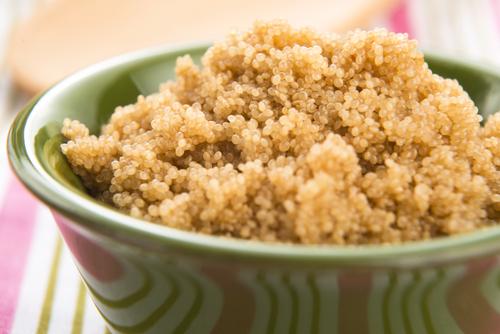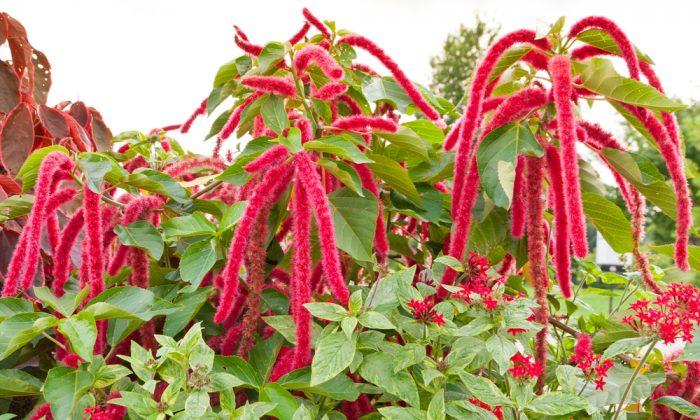The story of amaranth is one of tenacity. The name comes from the Greek word amarantos—meaning “the immortal” or “the never fading”—a reference to a vibrant red flower head which maintains its color even after it’s dried.
Amaranth was once a staple crop of the Toltec, Maya, and other Mesoamerican civilizations. For the Aztecs, this grain-like seed was on par with corn, serving not only as a food, but a religious offering. Large idols made of amaranth and human blood were eaten in a ritual. King Montezuma demanded that 200 thousand bushels of amaranth be delivered to his palace each year.
That is until the Spanish conquistadors showed up. The Aztecs believed that amaranth gave them great physical and spiritual strength, so Cortez destroyed their crops. Amaranth fields were burned, and anyone caught growing any was either killed or lost their hands.
Nearly 500 years later, modern research has discovered amaranth to have significant advantages over modern grains: it’s easy to grow, easy to digest, and possesses superior nutrition. In 1977, Science magazine dubbed amaranth “the crop of the future.” In 1984, the National Academy of Sciences gave a glowing report on the virtues of amaranth. Yet widespread consumption has so far been elusive.

Making of a Superfood
Amaranth is a less popular cousin of quinoa—another previously obscure, gluten-free supergrain favored by the ancient Incas. These crops have similar nutritional profiles, but amaranth is less likely to be found in your grocery store.Balanced Protein
Amaranth is high in protein and important minerals, such as calcium, iron, potassium, and magnesium. But its most desirable nutritional feature is amino acids. Amaranth nearly matches the optimal amino acid ratios set by the World Health Organization.Easy to Grow
There are several varieties of amaranth found around the world. Farmers know it as a prolific weed, while ornamental gardeners use it for a touch of color. The plant is closely related to spinach, and both humans and livestock eat of its tender leaves.Amaranth’s development as an edible seed crop is exclusive to Central and South America. These varieties have white seeds, compared to the black seeds of all other amaranths. Evidence suggests that pre-Columbian people bred and cultivated amaranth for at least 6,000 years before the arrival of Cortez.
Another attractive aspect of amaranth is that it’s much less of a burden on the environment than conventional protein sources. Unlike conventional grains, amaranth grows fast, and is drought tolerant.







Friends Read Free